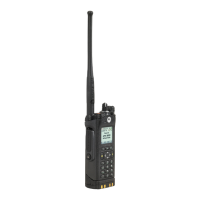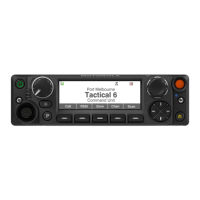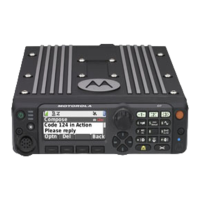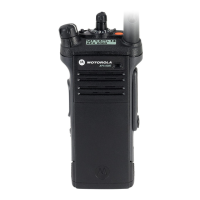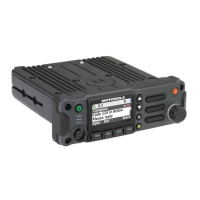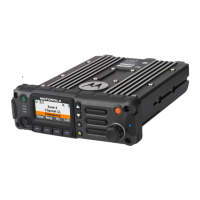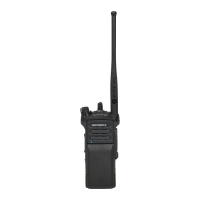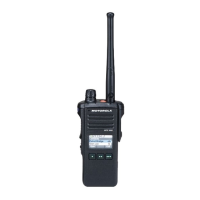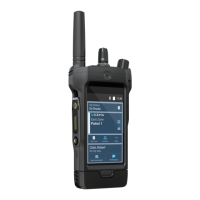What to do if my Motorola APX 3000 has an Internal RAM Fail Fatal Error?
- PpatelangelaSep 10, 2025
If your Motorola Two-Way Radio shows an Internal RAM Fail Fatal Error, send the radio to depot.
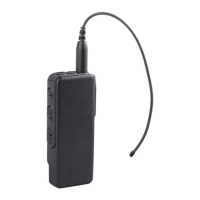




What to do if my Motorola APX 3000 has an Internal RAM Fail Fatal Error?
If your Motorola Two-Way Radio shows an Internal RAM Fail Fatal Error, send the radio to depot.
What to do if my Motorola Two-Way Radio experiences FLASHport Authentication Code Failure?
If your Motorola Two-Way Radio experiences a FLASHport Authentication Code Failure, send the radio to depot.
What to do if my Motorola Two-Way Radio has a Tuning Codeplug Checksum Non-Fatal Error?
If your Motorola Two-Way Radio displays a Tuning Codeplug Checksum Non-Fatal Error, send the radio to depot.
What to do if my Motorola Two-Way Radio has a Bluetooth error?
If your Motorola Two-Way Radio has a Bluetooth error, send radio to depot for examination.
What to do if my Motorola APX 3000 has a Host ROM Checksum Fatal Error?
If your Motorola Two-Way Radio displays a Host ROM Checksum Fatal Error, send the radio to depot.
What to do if my Motorola APX 3000 Two-Way Radio has a Tuning Codeplug Checksum Fatal Error?
If your Motorola Two-Way Radio displays a Tuning Codeplug Checksum Fatal Error, send the radio to depot.
What to do if my Motorola APX 3000 has a Security Partition Checksum Fatal Error?
If your Motorola Two-Way Radio displays a Security Partition Checksum Fatal Error, send the radio to depot.
What to do if my Motorola APX 3000 has a Secure Hardware Fatal Error?
If your Motorola Two-Way Radio reports a Secure Hardware Fatal Error, turn the radio off, then on.
What to do if my Motorola Two-Way Radio has a General Hardware Failure Fatal Error?
If your Motorola Two-Way Radio experiences a General Hardware Failure Fatal Error, turn the radio off, then on.
What to do if my Motorola APX 3000 Two-Way Radio shows FLASH ROM Codeplug Checksum Non-Fatal Error?
If your Motorola Two-Way Radio displays a FLASH ROM Codeplug Checksum Non-Fatal Error, reprogram the codeplug.
| Frequency Range | VHF: 136-174 MHz |
|---|---|
| Power Output | VHF: 1-5W; UHF: 1-4W |
| Water Resistance | IP67 |
| Operating Temperature | -30°C to +60°C (-22°F to +140°F) |
| Encryption | AES, DES, ADP |
Overview of the radio's physical controls and their functions.
Information on safe usage and RF energy awareness.
Identifies and describes the physical components of the radio.
Explains features that can be assigned to radio controls.
Details the MFB's role in selecting features and adjusting settings.
Explains the function and usage of the PTT button.
Explains the meaning of icons displayed on the DRSM.
Describes the status indicated by the radio's LED lights.
Explains the different alert tones and their meanings.
Procedures for handling critical situations.
Sends a data transmission identifying the radio in emergency.
Sends an alarm without audio or visual indicators.
Feature detecting potential user trouble via tilt or motion.
Provides high levels of voice security.
Solutions for common radio operational issues.

